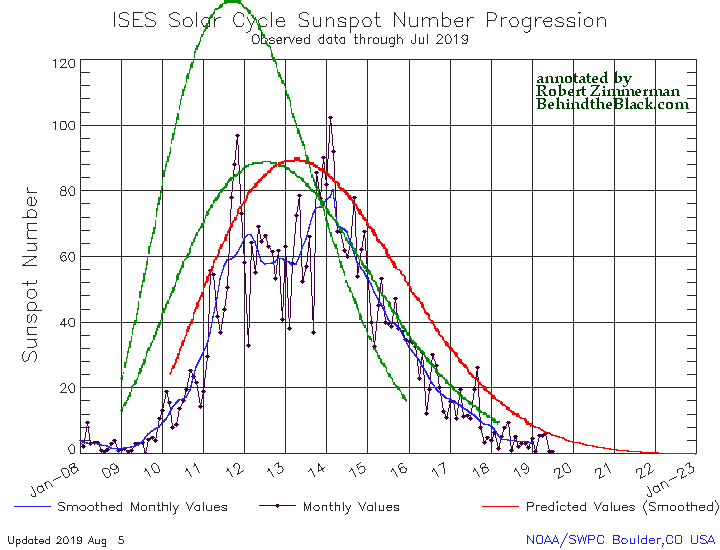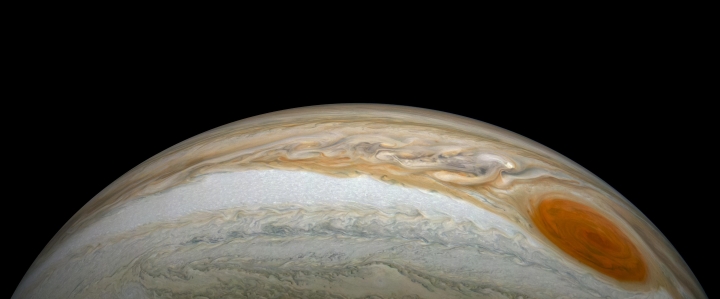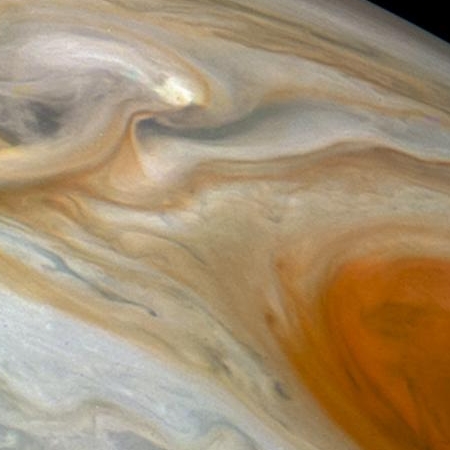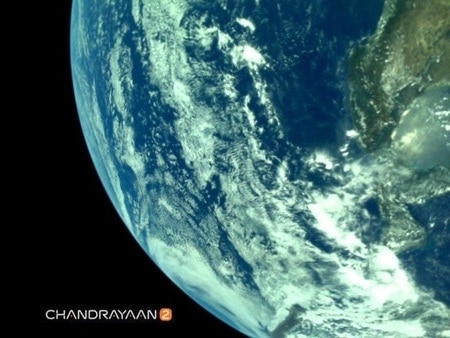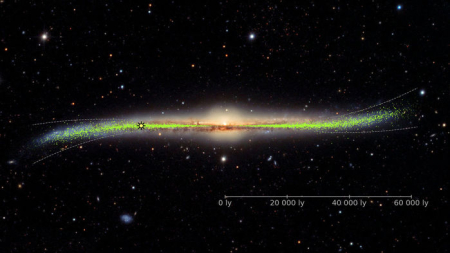A joint investigation by NASA and NOAA into the failure issues on the GOES-17 weather satellite, launched in March 2018, have determined that the problem with the Advanced Baseline Imager (ABI), the satellite’s main instrument, was caused by
a blockage in the instrument’s loop heat pipes, which transfer heat from the ABI electronics to its radiator. The blockage restricted the flow of coolant in the loop heat pipes, causing the ABI to overheat and reducing the sensitivity of infrared sensors.
You can read the short full report here [pdf].
My immediate thought in reading the press release above was: So a blockage caused the problem. What caused the blockage? Was it a design failure or a construction mistake? Or what? The answer to this question is even more critical in that the same issues have been identified in GOES-16, though not as serious.
Moreover, GOES-16 and GOES-17 are the first two satellites in a planned new weather constellation of four satellites. Knowing who or what caused this blockage prior to construction and launch of the two later satellites is critical.
I immediately downloaded the report and read it, thinking it would name the contractor and the cause of the blockage.
Nope. The report is remarkably vague about these details, which the report justifies as follows:
The report is NASA sensitive, but unclassified (SBU), because it contains company proprietary information. The report also contains information restricted by the International Traffic in Arms Regulations (ITAR) and/or the Export Administration Regulations (EAR). This summary report provides an overview of publicly releasable information contained in the full report.
In other words, this report is an abridged version of the full report, which is being kept classified because it contains both commercial proprietary information and information that if released would violate ITAR regulations designed to keep U.S. technology from reaching foreign hands.
What this public report does imply in its recommendations, in a remarkable vague way, is that the problem occurred because the government had demanded changes during construction that forced significant redesigns by the contractor, none of which were then given sufficient review.
Or to put it more bluntly, NOAA and NASA, the lead agencies in the GOES project, screwed up. They forced the contractor to make changes, probably very late in the process, resulting in inadequate review of those changes.
The recommendations put forth many suggestions to institute a more detailed review process, should late changes in the construction of the next two GOES satellites be required or demanded. Such recommendations however will only further delay and increase the costs for building those satellites. Since the entire constellation went overbudget significantly (from $7 billion initially to $11 billion), and has also been very late (see this GAO report [pdf]), this means that the next two satellites will be even later and more expensive.
For NASA and NOAA this is just fine, pumping more money into each agency. For the taxpayer it is terrible.
The whole process should be dumped. Give the job of building these satellites to the private sector, entirely. Get these agencies out of the construction business. The only contribution they are presently adding is more cost and delays, while also causing satellite failures.




